Courses by Software
Courses by Semester
Courses by Domain
Tool-focused Courses
Machine learning
POPULAR COURSES
Success Stories
Week 10 - Simulating Combustion of Natural Gas.
AIM To perform a combustion simulation on the combustor model. Objective Part I Perform a combustion simulation on the combustor model and plot the variation of the mass fraction of the different species’ in the simulation using line probes at different locations of the combustor as shown in Fig. You need to plot…
Aatas A G
updated on 07 Dec 2022
AIM
To perform a combustion simulation on the combustor model.
Objective
Part I
- Perform a combustion simulation on the combustor model and plot the variation of the mass fraction of the different species’ in the simulation using line probes at different locations of the combustor as shown in Fig. You need to plot for CO2, H2O, CH4, N2, O2, NOx emissions & Soot formation.
Part II
- As you must have observed from the above simulation, the Nox and soot is getting formed at the outlet of the combustor. Such formation has harmful effects on the environment and humans. The stringent government norms also demand the least formation of Nox and soot and to satisfy those requirements, you need to check the effect of adding the water in the fuel.
- In this part, you need to add the water content in the fuel from 5% to 30% by mole and observe the effect of it on the results. It is necessary to provide line plots and contours to prove your claim.
Introduction
Combustion
- Combustion involves chemical reactions converting fuel and oxygen to combustion products with light and heat energy. It involves fluid flow, consumption, and generation of species by chemical kinetics and heat transfer (convection and radiation).
- Combustion becomes more complex because of phenomena of flame propagation, slow or fast ignition, explosions, slow ignition, correct fuel to oxidizer ratios, phase change for liquid fuel, and so forth depend in subtle ways on the conditions under which combustion takes place.
Application of Combustion Modelling
- Burners: LPG gas stoves, Furnaces, Boilers, Gasifier etc.
- Engine: Petrol and diesel engines
- Gas turbine combustor: Power plant steam turbine, air-craft gas turbine combustor etc.
- Safety: protection from fires, explosions, or blast etc.
- Emission controls: Design and development of low NOx/SOx burner or combustor.
Based on mixing
Premixed combustion
- In the mixing chamber, fuel and oxidizer (air) are already mixed at the molecular level before ignition or combustion
- Cold reactants propagate into hot products
- Rate of propagation (flame speed) depends on the internal flame structure
- Much more difficult to model than non-premixed combustion problems
- Turbulence distorts the laminar
- Examples: SI engineer, LPG gas stove etc.
Non-premixed combustion
- Separate inlet/ streams for Fuel and oxidizer (air) to the combustion chamber
- Convection or diffusion of reactants from either side into a flame sheet
- Turbulent eddies distort the laminar flame shape and enhance mixing
- May be simplified to a mixing problem
- Examples: Burner for boiler /furnaces, coal combustion, candle flame, wood fire etc.
Partially premixed combustion
- In some applications, primary air (oxidizer) is mixed with fuel to form the unburnt mixture before combustion such cases are treated as partially premixed combustion.
- Premixed fuel/oxidizer inlet streams
Based on Phase
- Volumetric: Takes place when the fluid is in fluid phase.
- Surface: Takes place on the wall.
- Porous: Takes place inside pores
Eddy dissipation
Most fuels are fast burning and the overall rate of reaction is controlled by turbulence mixing. In the non-premixed flames, turbulence slowly mixes the fuel and oxidizer into the reaction zones where they burn quickly. In premixed flames the turbulence slowly mixes cold reactants and hot products into the reaction zones where reaction occurs rapidly. In such cases the combustion is said to be mixing-limited, and the complex and often unknown chemical kinetics can be safely neglected. In this model, the chemical reaction is governed by large eddy mixing time scale. Combustion initiates whenever there is turbulence present in the flow. It does not need an ignition source to initiate the combustion. This type of model is valid for the non-premixed combustion, but for the premixed flames the reactant is assumed to burn at the moment it enters the computation model, which is a shortcoming of this model as in practice the reactant needs some time to get to the ignition temperature to initiate the combustion.
Pre-processing
Spaceclaim

2-D model

Meshing
The mesh size is set to 1.2mm and the capture proximity is turned on.
Then the inlet, outlet, walls, and axis are named.

Solver
Set-up
- The set up begins with activating the energy equation, then the 2D space is set to axisymmetric. K-ε → standard → standard wall function is chosen.
- Species transport, the volumetric reaction and diffusion energy source is selected. methane-air-2step mixture model and eddy dissipation is chosen.
- In the NOX model, all the pathways are selected and the desired species whose values needed to be calculated are selected.
- One-step soot model is chosen and CH4 is set as the fuel and O2 is set to oxidant.
- The air-inlet boundary velocity is set to 0.5m/s and for fuel is set to 80m/s.
- The fuel mass fraction of CH4 is set to 1 and varied accordingly and the air mass fraction is set to 0.23.
- The hybrid initialisation is done and then the iterations are run for 1000iterations.



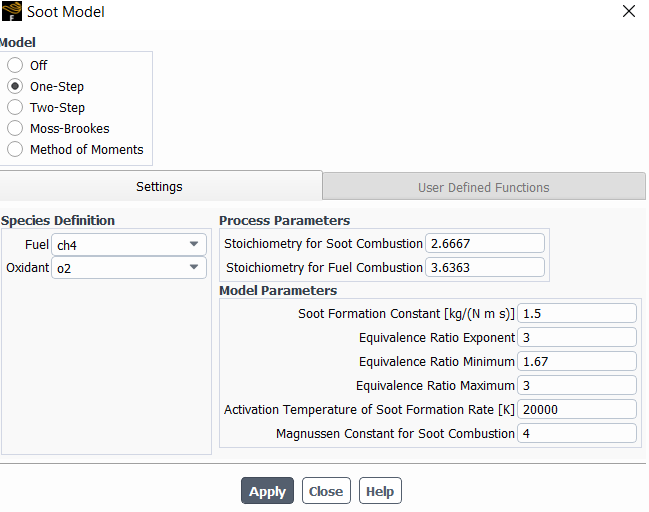




POST-PROCESSSING
PART-1

Mass fraction of CH4


Mass fraction of CO2


Mass fraction of H2O


Mass fraction of N2


Mass fraction of O2


Mass fraction of NOX


Mass fraction of SOOT


TEMPERATURE


PART-2
Addition of 5% water

Mass fraction of CH4


Mass fraction of CO2


Mass fraction of H2O


Mass fraction of N2


Mass fraction of O2


Mass fraction of NOX


Mass fraction of SOOT


TEMPERATURE


Addition of 20% water

Mass fraction of CH4
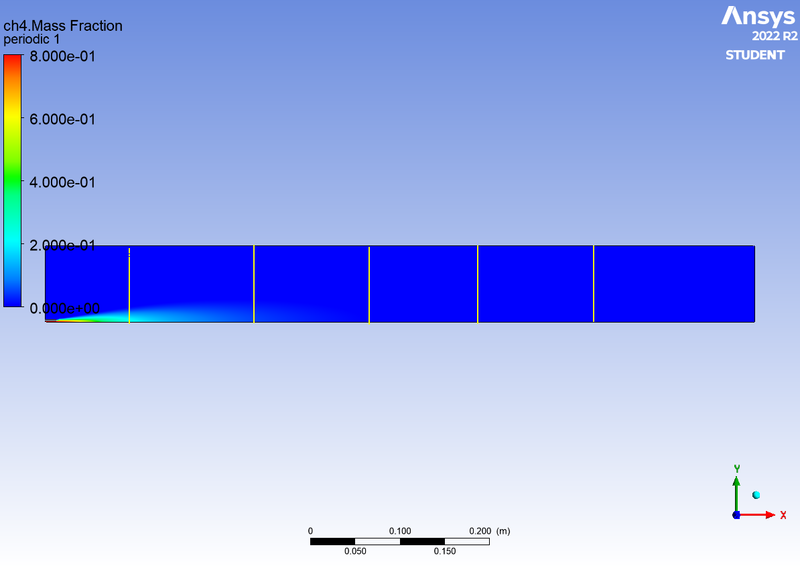

Mass fraction of CO2


Mass fraction of H2O


Mass fraction of N2


Mass fraction of O2


Mass fraction of NOX


Mass fraction of SOOT


TEMPERATURE


Addition of 30% water
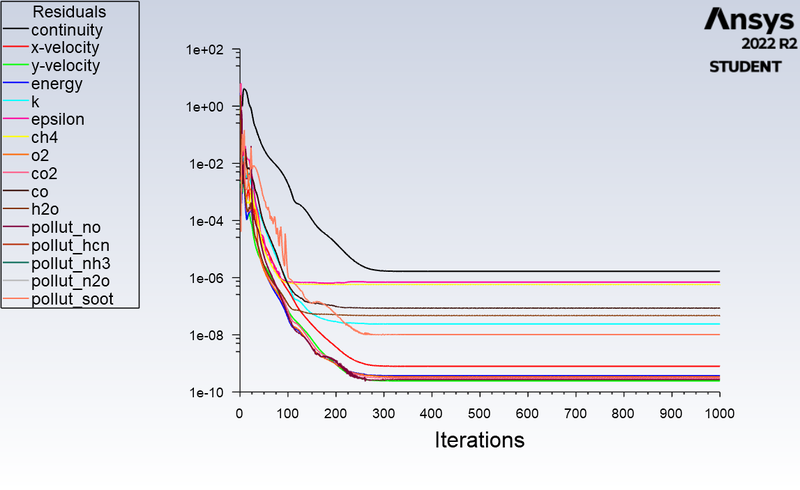
Mass fraction of Ch4


Mass fraction of CO2


Mass fraction of H2O


Mass fraction of N2


Mass fraction of O2


Mass fraction of NOX


Mass fraction of SOOT


TEMPERATURE

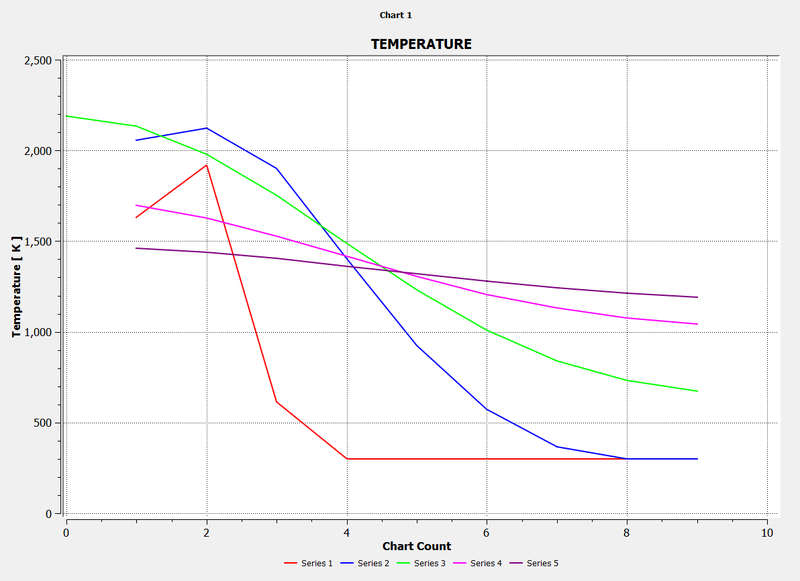
Part-1(inference)
- The solution converges at around 600 iterations.
- The temperature reaches the highest without water addition.
Part-2(Inference)
- As the water content is increased the solution converges in lesser iterations.
- Both the NOX and SOOT emissions gets reduced with addition of water; higher the water fraction lesser the emission.
- The temperature reduces with the rise in water fraction.
Conclusion
Thus, a combustion simulation on the combustor model has been done and the values are compared for different fractions water added
Leave a comment
Thanks for choosing to leave a comment. Please keep in mind that all the comments are moderated as per our comment policy, and your email will not be published for privacy reasons. Please leave a personal & meaningful conversation.
Other comments...
Be the first to add a comment
Read more Projects by Aatas A G (50)
Week 4 - CHT Analysis on Exhaust port
AIM: To perform the simulation of Conjugate heat transfer analysis on given exhaust port geometry by using ANSYS FLUENT. OBJECTIVE: To study the importance of Conjugate heat transfer analysis and importance of y+ value during meshing of the components. To perform the simulation of Conjugate heat transfer analysis on given…
12 Dec 2022 08:19 AM IST
Week 10 - Simulating Combustion of Natural Gas.
AIM To perform a combustion simulation on the combustor model. Objective Part I Perform a combustion simulation on the combustor model and plot the variation of the mass fraction of the different species’ in the simulation using line probes at different locations of the combustor as shown in Fig. You need to plot…
07 Dec 2022 11:26 AM IST
Week 9 - Parametric study on Gate valve.
Aim: To perform a parametric study on Gate valve. Objective: Simulate the flow of fluid through a gate valve. Perform the parametric study on the gate valve by setting design points corresponding to the positions of the lift of the spindle. Calculate the mass flow rate corresponding to all the design points Gate…
07 Dec 2022 10:12 AM IST
Project 2
AIM: To deal with the development of a forward energy-based fuel consumption model of a P1 hybrid vehicle. OBJECTIVE: Load the Project2 folder as the Current Folder in Matlab. Run the “Project2_InitFile.m” Matlab script. Copy the Conventional vehicle Simulink model created for Project 1 in this folder. Figure…
25 Oct 2022 01:11 PM IST
Related Courses
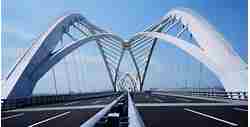
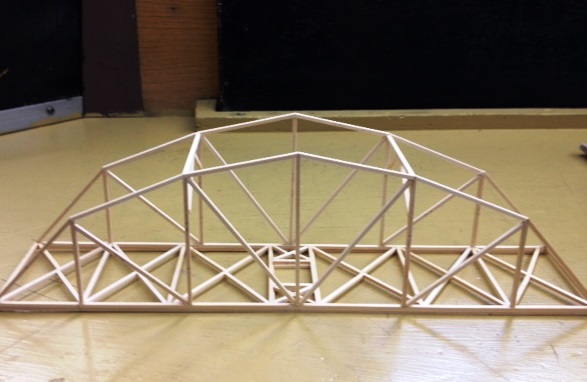
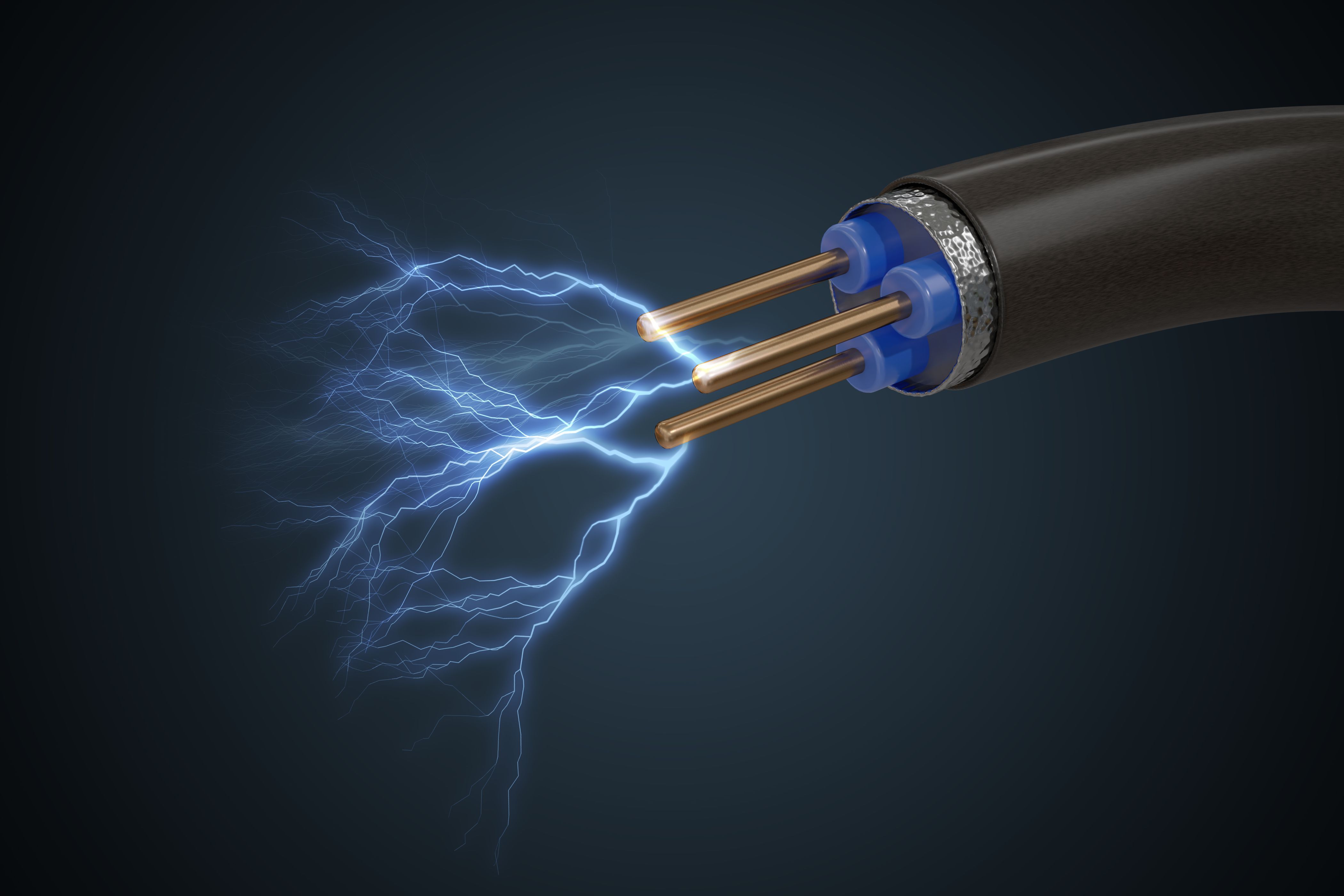
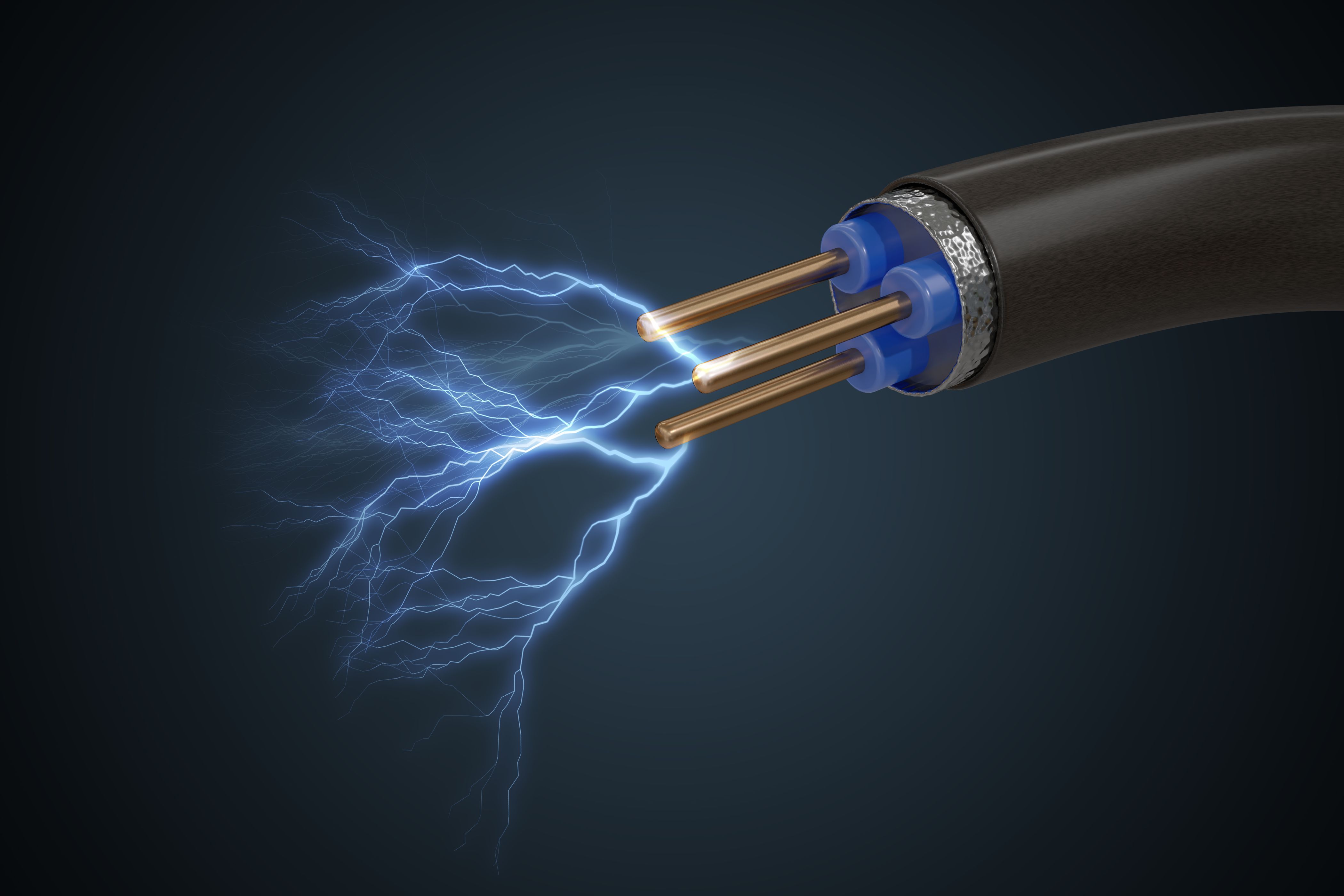


0 Hours of Content

Skill-Lync offers industry relevant advanced engineering courses for engineering students by partnering with industry experts.
Our Company
4th Floor, BLOCK-B, Velachery - Tambaram Main Rd, Ram Nagar South, Madipakkam, Chennai, Tamil Nadu 600042.
Top Individual Courses
Top PG Programs
Skill-Lync Plus
Trending Blogs
© 2025 Skill-Lync Inc. All Rights Reserved.







